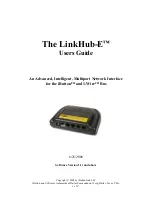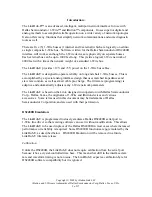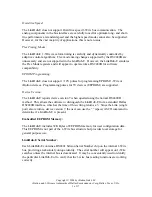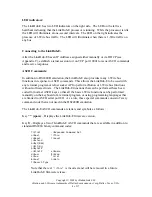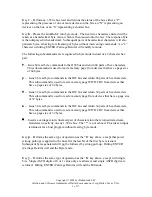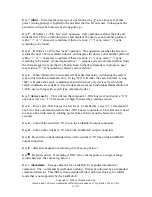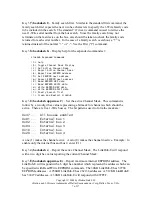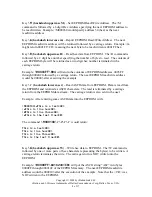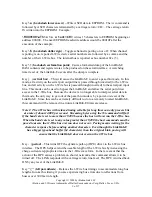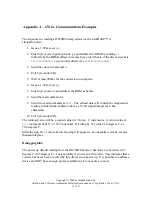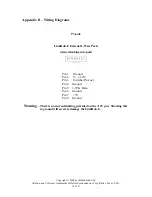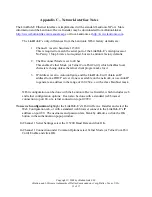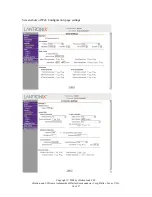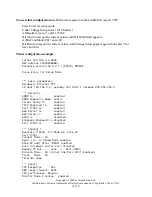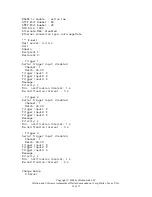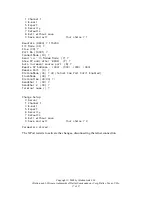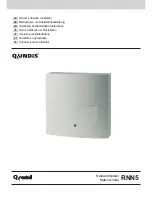
LED indicators:
The LinkHub-E has two LED indicators on the right side. The LED on the left is a
heartbeat indicating that the LinkHub-E processor is running. While the processor is idle,
the LED will illuminate at one-second intervals. The LED on the right indicates the
presence of 1-Wire bus traffic. The LED will illuminate when there is 1-Wire traffic on
any bus.
Connecting to the LinkHub-E:
After the LinkHub-E has an IP Address assigned either manually or via DHCP (see
Appendix C), establish a telnet session to it on TCP port 10001 to issue ASCII commands
and receive responses.
ASCII Commands:
In addition to DS2480B emulation, the LinkHub-E also provides many 1-Wire bus
functions in response to ASCII commands. This allows the LinkHub-E to be used with
any terminal program or telnet socket API to perform iButton or 1-Wire bus functions
without software drivers. The LinkHub-E functions that can be performed have been
coded for normal ASCII keys so that all the basic 1-Wire functions can be performed
manually on the keyboard of a terminal program, or using programming languages that
are limited to ASCII serial port I/O. As a rule, these special commands consist of every
command code that is not used in the DS2480B emulation.
The LinkHub-E ASCII commands are letters and symbols as follows:
Key
“ “ (space)
– Displays the LinkHub-E firmware version.
Key
h
– Displays a list of LinkHub-E ASCII commands that are available in addition to
standard DS2480 binary command codes:
f=First \=Expanded Command Set
n=Next !=Thru
r=Reset l=Level
(=Extend
b=Byt(NN+)
j=Bit(N+)
p=BytW/P
~=BitW/P x=BusLo
d=Aux+ $=Scan
z=Aux- *=List
&=Aux? h=Help
t=Search Type
Note that the text
”
!=Thru
”
is incorrect and will be removed in a future
LinkHub-E firmware release.
Copyright © 2008 by iButtonLink LLC
iButton and 1-Wire are trademarks of Dallas Semiconductor Corp, Dallas, Texas, USA.
4 of 17

